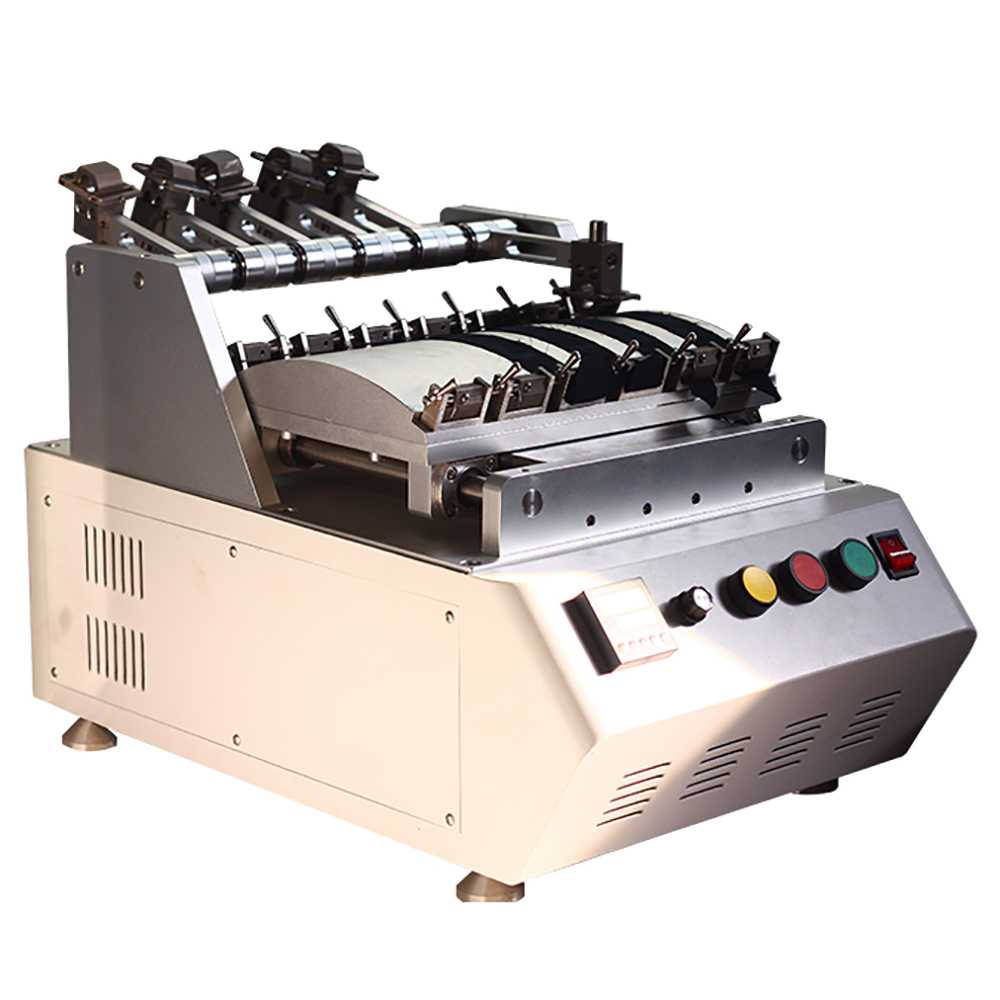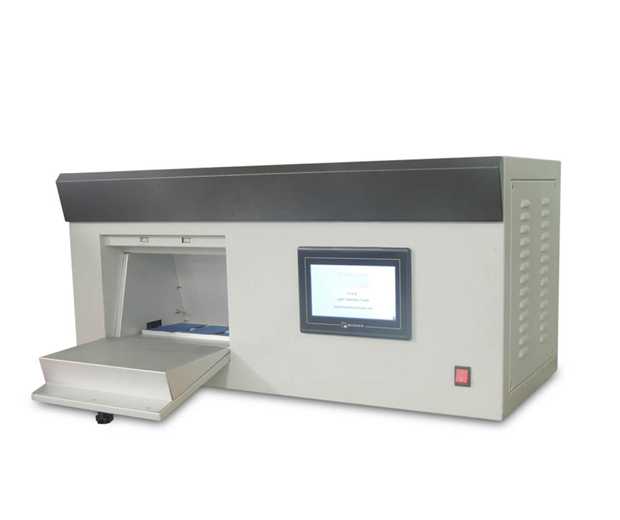Achieving Exceptional Color Fastness: improving the quality of jeans
In the fiercely competitive jeans market, color fastness is not only a crucial indicator of jeans quality but also a key factor in winning customer reputation and loyalty for merchants. To create jeans with exceptional color fastness, merchants need to meticulously focus on fabric selection, manufacturing processes, dyeing techniques, and quality inspection. Below, we will delve into the comprehensive and in-depth strategies that merchants can adopt to enhance the quality of their jeans.
I. Carefully Selected Fabrics: Laying a Solid Foundation for Color Fastness
The choice of fabric is vital for the color fastness of jeans. Merchants should thoroughly explore the market and select fabrics containing a certain proportion of synthetic fibers, such as polyester and spandex. These synthetic fibers not only exhibit excellent elasticity and wear resistance but also effectively lock in dyes, reducing color loss during washing. Additionally, these fibers enhance the stiffness and resilience of jeans, ensuring they maintain their superior shape even after prolonged wear and washing.
For customers who prefer a natural texture, merchants should offer specially processed pure cotton or cotton-blend fabrics. These fabrics, while maintaining softness and comfort, undergo special treatments like pre-shrinking and yarn reinforcement, significantly improving their color fastness performance. By optimizing fabric mix and processing, merchants can ensure that jeans retain their natural texture while also boasting exceptional color fastness.
II. Optimized Manufacturing Processes: Enhancing the Stability of ColorFastness
The manufacturing processes have a significant impact on the stability of jeans' color fastness. Merchants should adopt advanced sewing techniques and reinforcement treatments to ensure that jeans do not easily deform or tear during wear and washing. For instance, using double stitching can strengthen the seams of jeans, reducing color shedding caused by fabric stretching. Moreover, rational cutting and pattern design can minimize fabric wear, thereby extending the color fastness of jeans.
During the manufacturing process, merchants should also pay attention to detail. For instance, wear-resistant materials or reinforcement treatments should be used for jeans pockets, zippers, and other easily worn areas to reduce wear and color shedding in these areas. Furthermore, merchants should regularly maintain and update production equipment to ensure the stability and reliability of manufacturing processes.
III. Innovative Dyeing Techniques: Ensuring Long-lasting and Vibrant Colors
Dyeing techniques are one of the key factors determining the color fastness of jeans. Merchants should adopt eco-friendly and efficient dyeing processes, such as using dispersed dyes for high-temperature and high-pressure dyeing. This dyeing process is characterized by strong dye penetration and vibrant, long-lasting colors. During the dyeing process, merchants should strictly control parameters such as dyeing temperature, time, and dye concentration to ensure that dyes fully penetrate fabric fibers, forming a strong color bond.
To further enhance the adhesion and stability of dyes, merchants can also use fixing agents for post-treatment. Fixing agents can form chemical bonds with dye molecules, thereby increasing the bonding force between dyes and fabric fibers. By adopting advanced dyeing techniques and fixing treatments, merchants can ensure that jeans retain their vibrant and lasting colors even after multiple washes.
IV. Stringent Quality Inspection: Ensuring Color Fastness Compliance
Quality inspection is the final line of defense in ensuring jeans meet color fastness standards. Merchants should establish a comprehensive quality inspection system and conduct rigorous color fastness tests on each batch of jeans. These tests include friction color fastness tests (Color fastness friction tester), water wash colorfastness tests (Washing color fastness tester), light color fastness tests (Light fastness tester), etc., aiming to comprehensively assess the color stability of jeans under different conditions.
(If you need color fastness testing machines, you can contact us. Shanghai Qianshi Precision Mechatronics Technology Co., Ltd. can provide you with high-quality textile testing instruments to ensure the superior quality of your products!)


During the testing process, merchants should strictly adhere to national standards and customer expectations to ensure the accuracy and reliability of test results. Additionally, merchants should regularly update and optimize testing equipment and methods to adapt to evolving market demands and customer expectations. Through stringent quality inspection, merchants can ensure that each batch of jeans meets color fastness requirements, providing customers with a superior shopping experience.
In conclusion, to create jeans that do not easily fade, merchants need to focus on fabric selection, manufacturing processes, dyeing techniques, and quality inspection. By continuously optimizing and improving, merchants can create jeans with exceptional color fastness, earning the trust and loyalty of customers.
2024-11-28 10:54
- Related News
What is fabric air permeability testing?
What is the static decay test method?
What is a Non-combustibility Tester?
What is the slip resistance test method?
How to detect formaldehyde content?
What is STD Dissolution Tester?
What's the difference between a hydraulic oil filter and a regular oil filter?
